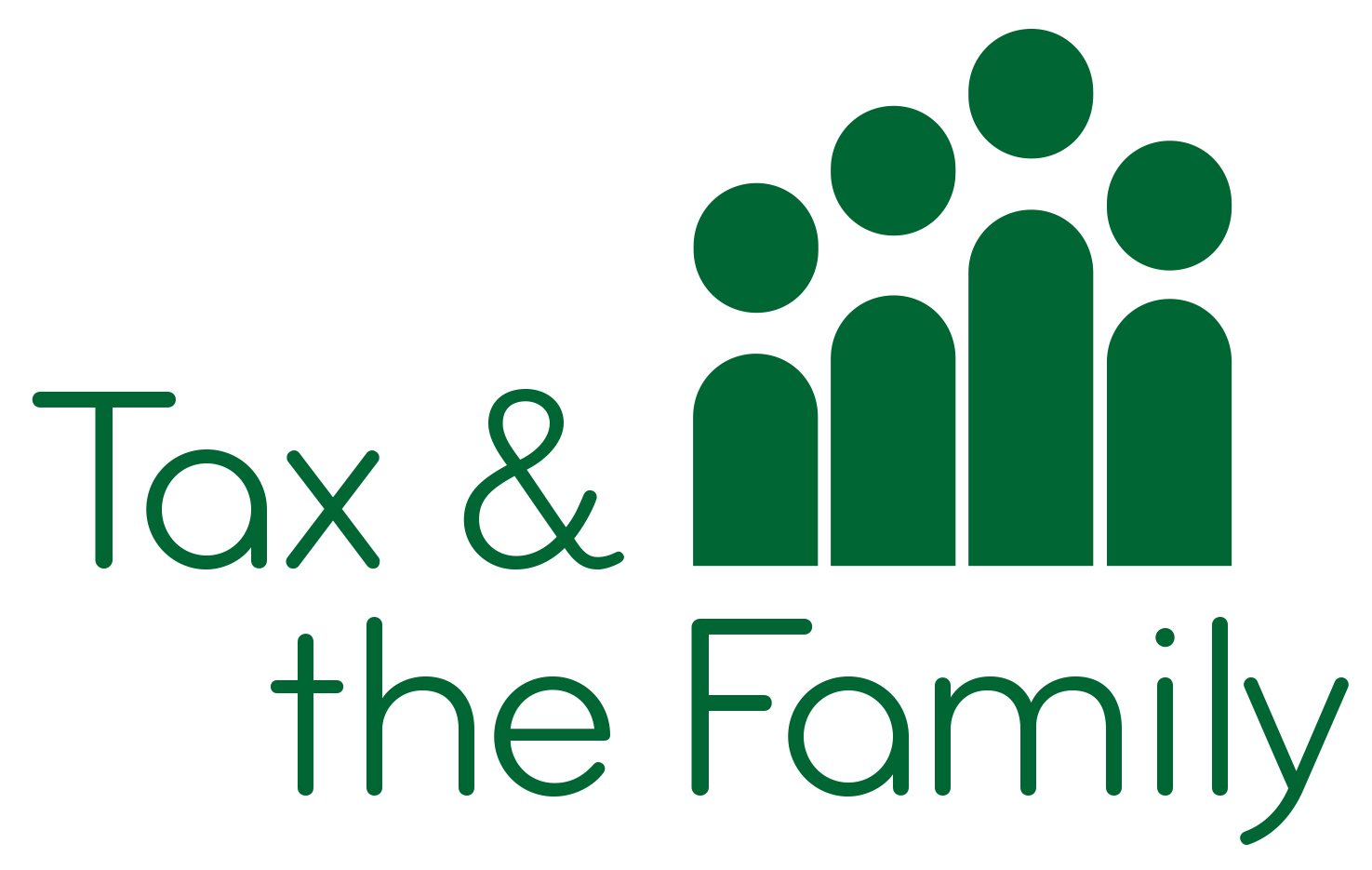New Government figures
Each year the Department of Work and Pensions (DWP) produce figures for household income. The figures just published are for the tax year 2016/17, a year later than the figures used elsewhere on this website. The 2.9% increase in the poverty line is not expected to affect our analysis of the problems families face. The website figures will be updated as soon as possible.
The DWP, the Institute for Fiscal Studies and the Joseph Rowntree Foundation all treat a family as being in poverty if its income net of tax and benefits is less than 60% of the median. This means that a single parent with a one child family would be regarded as being in poverty if its weekly disposable income after housing costs were met was less than £199; and a couple family with two children aged under 14 would be regarded as being in poverty if its income was less than £357 per week. The figures are different because a couple with two young children need more income to have the same standard of living as a single person with one child.
The 2016/17 figures show that poverty and inequality remained much the same as in 2015/16, which is something of a surprise given that benefit payments for working people were frozen as part of the Government’s austerity programme. Rising employment appears to have boosted the income of poorer households and compensated for benefit payments failing to keep pace with inflation. Inflation was low at around 1%. The proportion of children living in poverty (defined as households with incomes of less the 60% of the median) – remained at 30%.
These figures are net of tax and benefits and after housing costs have been met. To be out of poverty a couple family with two children would need to earn more than the figure of £357 per week given above. How much more depends on their housing costs and therefore the area in which they live. If they are paying rent of say £686 per month (in the London area they could be paying twice this), a couple with two children and one income would have needed to earn £933 per week, £51,788 per year, and on this income they would have paid £9,958 in income tax. A single parent with two children would have needed to earn less, £705 per week - £36,761 per year. This is a high figure for a single parent to earn and to do so the parent would almost certainly need to be working at least 30 hours a week, and would have significant child care costs if the child were below school age. A single parent earning £36,000 would have paid £5,000 in income tax in 2016/17. This confirms our analysis that families, which the State regards as being in poverty, are paying thousands of pounds in tax. They pay the same tax as someone for whom the income is a second household income.
Distributional implications
The DWP figures are used to not only to estimate the number of people in poverty but also the distributional effects of tax changes - that is who benefits or loses from tax changes. They are of major importance for tax policy makers.
They reveal that tax changes, which appear to be targeting the less well off, may in fact be benefiting the better off and vice versa. The key test is often whether a tax change affects taxpayers in the poorer half of the population or the better off half.
For this purpose it is the household income that matters, not individual income. A taxpayer may have a low income but be part of a high-income household or conversely have a relatively high income but be part of a low-income household. For example, a single person with no children was in the better off half of the population after housing costs are taken into account if they had an income in 2016/17 of approximately £25,500, whereas a single earner couple with two children under 14 would have needed an income of over £50,000. Even a two income couple might have needed a combined income of £45,000.
The latest DWP figures show that the higher rate threshold (in 2016/17 it was £43,000) was 63% higher than the average income of a single person, but 17% below the average wage in the case of a couple with two children. Having the same higher rate threshold for taxpayers with children and taxpayers without children would seem difficult to justify in fair tax system.
